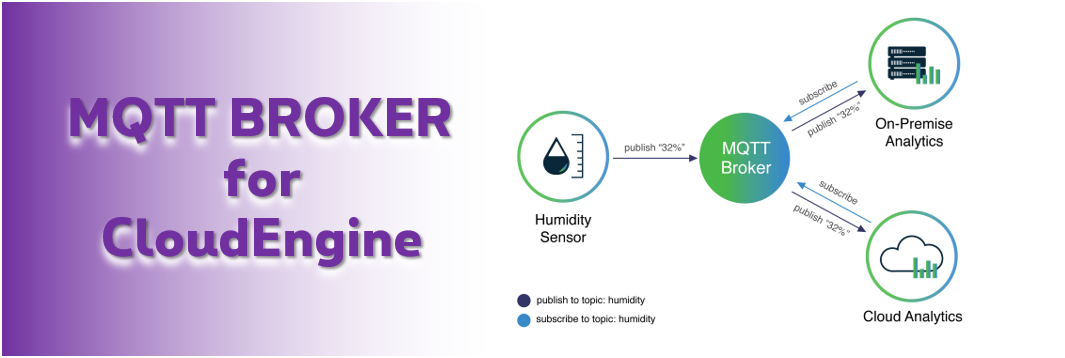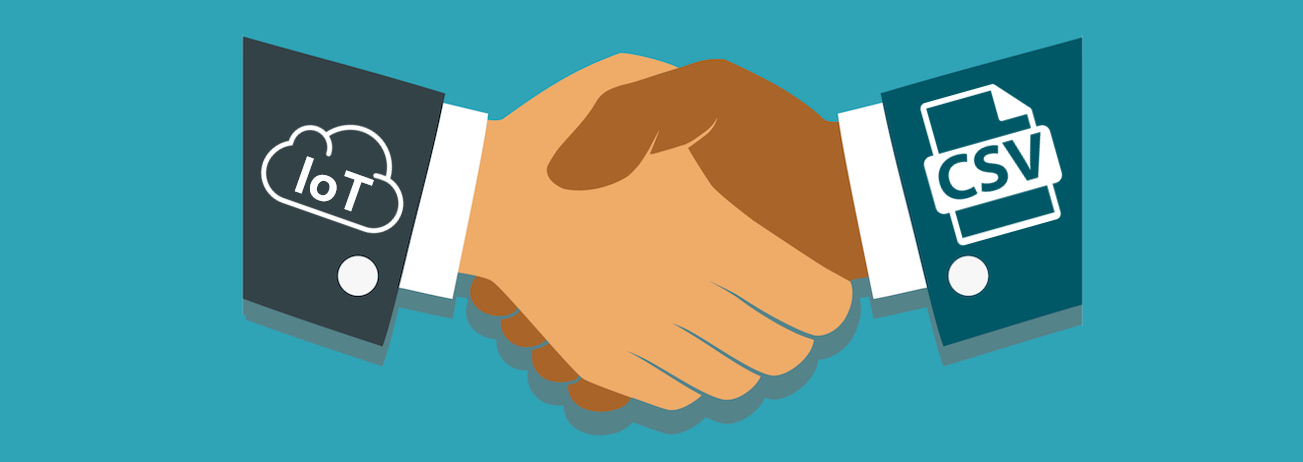In this tutorial we will see how to develop a simple approach to number masking, allowing people to be called without having to disclose their real phone numbers.
Continue reading “Number masking for field technicians”Tag: tutorial
How to retrieve your IoT data with a MQTT client ?
In most cases, an IoT Telco operator allows you access the data from your sensors by pushing this data to your application over HTTP. We have seen in previous articles that Proximus CloudEngine makes it possible to benefit from other integration capabilities, ranging from Microsoft Azure and SAP IoT Cloud down to various protocols such as sFTP and mail. To the already existing CloudEngine’s ability to use its own MQTT client to connect to your MQTT broker, we add now the ability for your MQTT client to connect to the CloudEngine’s broker.
Continue reading “How to retrieve your IoT data with a MQTT client ?”
Integrating LoRaWAN devices in the Azure IoT Reference Architecture
In this article, you will discover how Proximus makes it easier to automate the integration of LoRaWAN sensors connected to our national public LoRa network with the Microsoft Azure IoT Hub. We will indicate that this integration can go far beyond just forwarding messages to an event hub.
Continue reading “Integrating LoRaWAN devices in the Azure IoT Reference Architecture”
Decoding OpenAMR payloads for Maddalena LoRaWAN water sensors
Maddalena s.p.a. is an Italian company providing water readers that are frequently used in Belgium and across Europe. Water meters such as the PR-MWM can detect the lowest flow rates (from 0.5 liters / hour). So this makes them, according to this company, “the ideal meter for billing cold water consumption in collective housing”.
Maddalena understood the market’s need for connected meters quite well. So they teamed up with Kerlink to create a LoRaWAN™ add-on radio module. This module makes it possible to collect water consumption data over long distances. Its battery life can last up to 15 years thanks to the low power requirements of LoRaWAN and an optimization in the way this module works. Continue reading “Decoding OpenAMR payloads for Maddalena LoRaWAN water sensors”
Bridging IoT and legacy systems with CloudEngine (2): scheduled scripts
In our first article about bridging IoT with legacy systems, we saw that CloudEngine now provides a simple and convenient way to accumulate incoming IoT data in a temporary storage structure. And then send the data as a CSV attachment when you have reached a defined number of records. We are adding as of today a new CloudEngine capability that allows you to trigger script executions based on schedules.
Continue reading “Bridging IoT and legacy systems with CloudEngine (2): scheduled scripts”
Bridging IoT and legacy systems with CloudEngine (1) : csv file generation
Throughout our experience as a major player of the Internet of Things in Belgium, we worked on projects where every single element of the IoT value chain was at the tip of the arrow of the ICT evolution : modern low power sensors, low power networks such as LoRa and Narrowband IoT, cloud-based platforms from Microsoft, SAP or other big players, advanced use cases for automation leveraging machine learning, … However we also support projects where we need to help bridging legacy systems, which may reside of both extremes of the value chain:
- industrial devices using “historical” data protocols such as RS-232, RS-432, ModBus, etc require connection to newer modern data & application platforms leveraging LoRaWAN and narrowband IoT transport. Proximus works with gateways and bridges providers whose devices help interconnect these worlds;
- newer IoT devices and sensors using modern IoT networks need to send their data to legacy applications with limited data ingestion capabilities (csv files, ftp file transfer or email-based data ingestion, …);
- a combination of 1 and 2 above, ie leveraging LoRaWAN or NBIoT networks to receive data from legacy industrial sensors and machinery and let legacy applications ingest this data
Continue reading “Bridging IoT and legacy systems with CloudEngine (1) : csv file generation”






